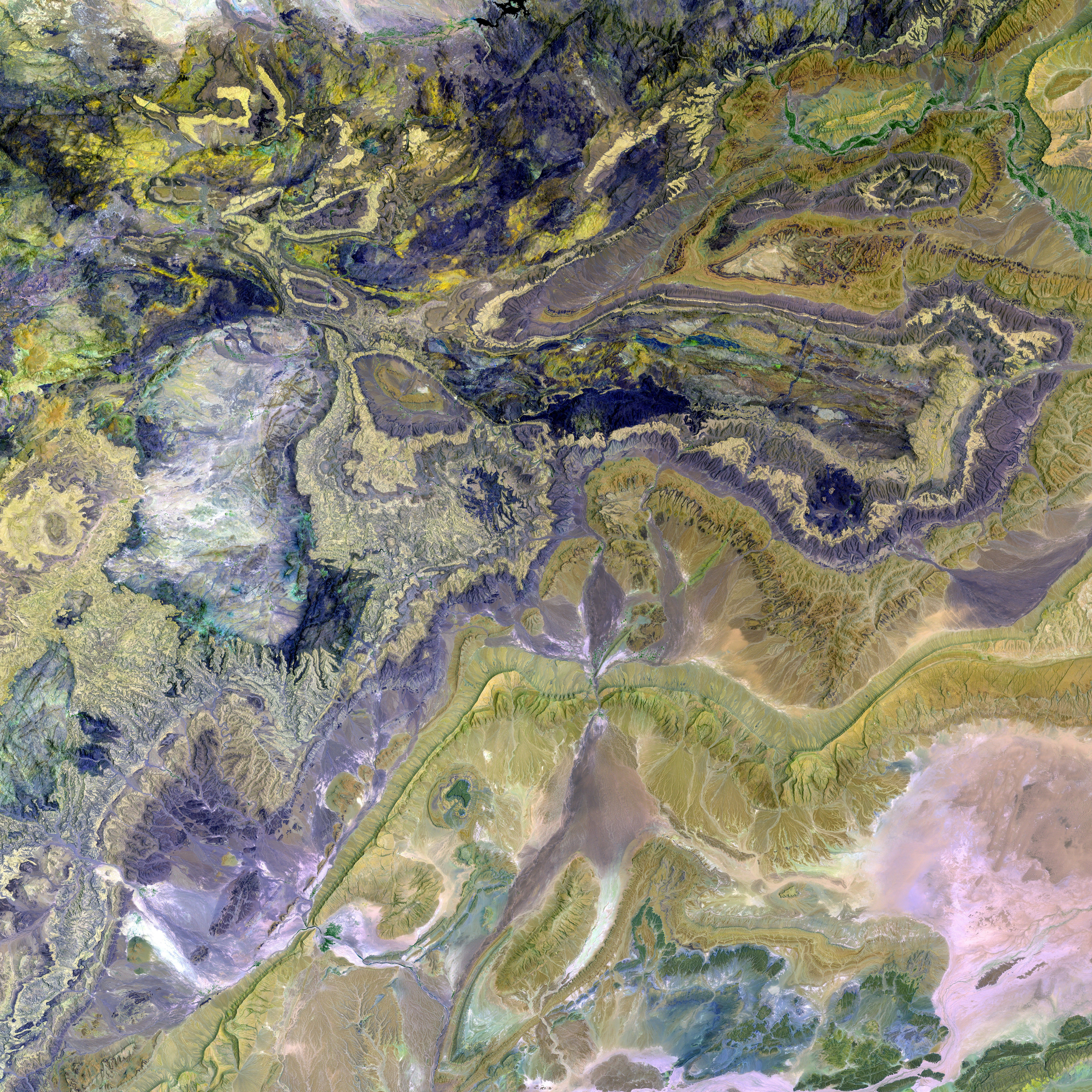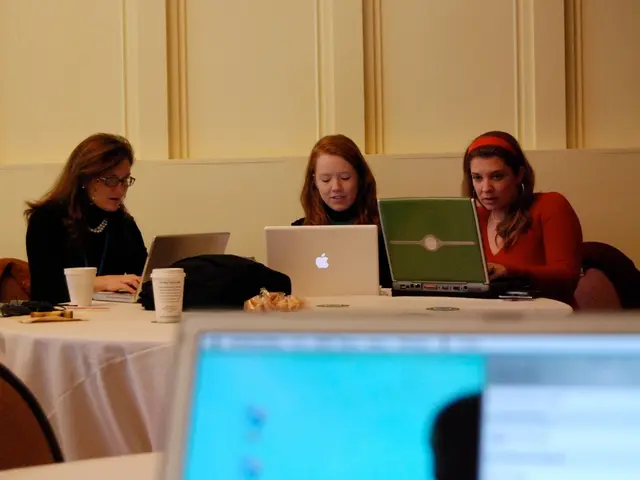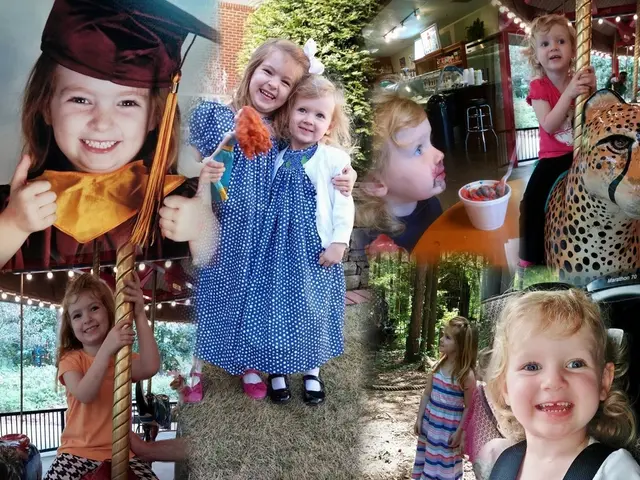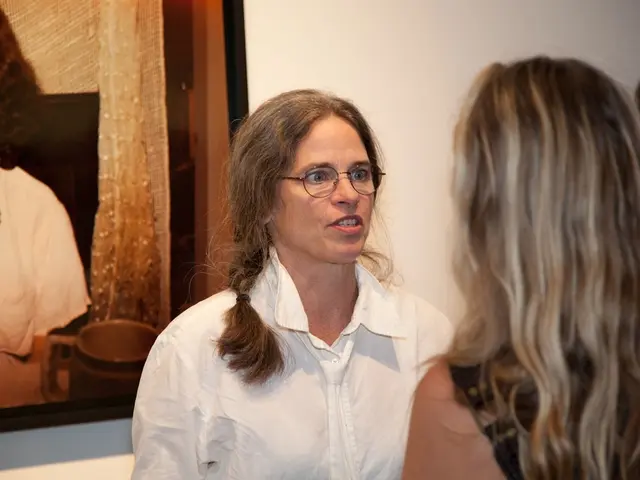Enhancing Animation Characters: Focusing on Authentic Detailing
In the captivating world of animation, characters are the lifeblood that breathes life into stories. Whether developing characters for anime, cartoons, or any other animated style, designs and animations go hand-in-hand to create lasting memories.
The Impact of Character Design
Reflect on your favorite animated films or television series. What makes them enduring? Often, it's the characters that linger long after the story concludes. A well-crafted character can:
- Foster Emotional Connections: Thoughtfully crafted visual designs can elicit a broad spectrum of emotions. For instance, large, evocative eyes may inspire sympathy, while angular features might instill a sense of apprehension or skepticism.
- Represent Personality: Every curve, line, and hue contributes to a character's persona. A clumsy character, for example, may exhibit disproportionately large feet, while graceful ones could have flowing, elegant lines.
- Influence the Plot: A character's design can affect the narrative itself. Physical attributes, limitations, or special abilities can create compelling plot points, driving the story forward.
Essential Elements of Character Design
When embarking on your character design adventure, consider these essential factors:
- Distinctive Silhouette: Can your character be distinguished by their outline alone? A strong, unique character design silhouette is vital to help characters stand out, especially in chaotic scenes or large ensembles. Iconic characters like Mickey Mouse and Totoro, for instance, have instantly recognizable silhouettes.
- Amplification and Stylization: Animation thrives on exaggeration. Resist the inclination to play it safe, instead amplifying features or proportions to produce more expressive, memorable characters. Consider how Pixar distorts human proportions or how anime often features large eyes to intensify emotions.
- Color Scheme: Colors can evoke various emotions and convey personalities:
- Warm colors (reds, oranges, yellows) might suggest amiability, enthusiasm, or passion.
- Cool colors (blues, greens, purples) may imply calmness, mystery, or detachment.
- Complementary color schemes can create visual interest and contrast.
- Accessories and Costumes: The objects a character carries or their clothes can reveal aspects about their personality, background, and story role. A character's attire might also evolve over time to show growth or changing circumstances.
- Movement and Pose: How will your character move? Take their body shape, personality, and animation style into account. An energetic character, for example, may have rounder shapes, while a more serious character could feature sharper forms.
- Facial Features and Expressions: The face is a window into a character's soul. Carefully examine:
- Eye shape and size
- Mouth and lip design
- Nose and ear styles
- Hairstyles and textures
These components collectively create a character's unique expressions and emotional range.
Proportions and Stylization
Cartoon proportions and anime proportions are crucial to character design. While realistic human proportions adhere to specific rules, animated characters often stray from these norms to achieve specific stylistic goals or emphasize particular traits.
The Art of Simplification
Though details are vital, knowing when to simplify is equally important. Characters with excessive complexity may be challenging to animate and may not read well on screen. Strive for a balance between eye-catching features and clean, easily recognizable designs.
Cultural Awareness and Representation
In our globalized world, thoughtful consideration of cultural awareness and sensitivity is essential. Avoid deploying harmful stereotypes and caricatures. If designing characters from cultures other than your own, thorough research and potential consultation with individuals from those cultures are advisable.
Balancing Artistry and Functionality
Character design is a delicate dance between aesthetics and practicality. Successful character design entails creating characters that:
- Are aesthetically pleasing
- Contribute to the narrative
- Evoke emotional responses
- Are feasible to animate
Remember, exceptional character design isn't merely about producing visually appealing images. It's about creating personalities that leap off the screen, characters that feel real enough that audiences forget they're watching animation.
Tools for the Job
While creativity and talent are your primary assets, having the right tools can significantly aid your character design process. Tools such as Clip Studio Paint, Adobe Photoshop, or Procreate for iPad offer powerful features tailored to character designers, aiding the creation of initial sketches, final designs, and even character turnarounds.
Designing Your Own Characters
Whether your aim is to create an anime character, your own cartoon character, or design characters for any other style of animation, the concepts we've discussed hold merit. Start with straightforward designs, gradually increasing complexity as you grow more comfortable with the process.
Conclusion
Character design is where art and psychology converge, where a simple sketch can evolve into a living, breathing personality that enchants audiences worldwide. As you embark on your character design journey, remember that practice and observation are essential. Study the world around you, draw constantly, and don't be afraid to challenge the boundaries of your imagination.
Whether you're working on an animation project of grand scale or simply exploring what is character design in animation for fun, your characters are the spirit of your story. Treat them with care, endow them with truth, and watch as they come to life, ready for adventures beyond your wildest dreams.
Now, go and create characters that will be cherished for generations to come with Clip Studio.
- To embrace various aspects of life in an animated series, expanding the character roster could include unique characters from different lifestyle, fashion-and-beauty, food-and-drink, home-and-garden, relationships, pets, travel, cars, and shopping-themed worlds.
- In an anime centered around food exploration, a character could be designed with an expressive mouth, emphasizing their gourmet passion, and their outfit might feature aprons or chef hats, reflecting their profession and expertise.
- For a heartwarming pet-focused animated TV show, characters could sport a palette of warm colors to evoke a sense of warmth, affection, and companionship. Additionally, character designs could incorporate recognizable pet features like a feline face, a canine snout, or a bird's beak.
- A travel-themed animation series could highlight cultural diversity by incorporating characters that represent different countries or regions, complete with attire and accessories that are reminiscent of their locales. For example, a character inspired by Japan's anime tradition may wear traditional clothing with bold, anime-inspired facial features, while a character from India might be adorned with bright, traditional jewelry.







